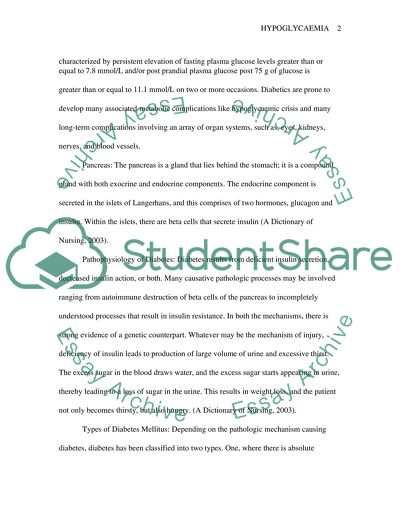Cite this document
(“DISCUSS THE NURSING ASSESSMENT AND MANAGEMENT OF A PATIENT WITH Essay”, n.d.)
DISCUSS THE NURSING ASSESSMENT AND MANAGEMENT OF A PATIENT WITH Essay. Retrieved from https://studentshare.org/miscellaneous/1526908-discuss-the-nursing-assessment-and-management-of-a-patient-with-hypoglycaemia-emergency
DISCUSS THE NURSING ASSESSMENT AND MANAGEMENT OF A PATIENT WITH Essay. Retrieved from https://studentshare.org/miscellaneous/1526908-discuss-the-nursing-assessment-and-management-of-a-patient-with-hypoglycaemia-emergency
(DISCUSS THE NURSING ASSESSMENT AND MANAGEMENT OF A PATIENT WITH Essay)
DISCUSS THE NURSING ASSESSMENT AND MANAGEMENT OF A PATIENT WITH Essay. https://studentshare.org/miscellaneous/1526908-discuss-the-nursing-assessment-and-management-of-a-patient-with-hypoglycaemia-emergency.
DISCUSS THE NURSING ASSESSMENT AND MANAGEMENT OF A PATIENT WITH Essay. https://studentshare.org/miscellaneous/1526908-discuss-the-nursing-assessment-and-management-of-a-patient-with-hypoglycaemia-emergency.
“DISCUSS THE NURSING ASSESSMENT AND MANAGEMENT OF A PATIENT WITH Essay”, n.d. https://studentshare.org/miscellaneous/1526908-discuss-the-nursing-assessment-and-management-of-a-patient-with-hypoglycaemia-emergency.


